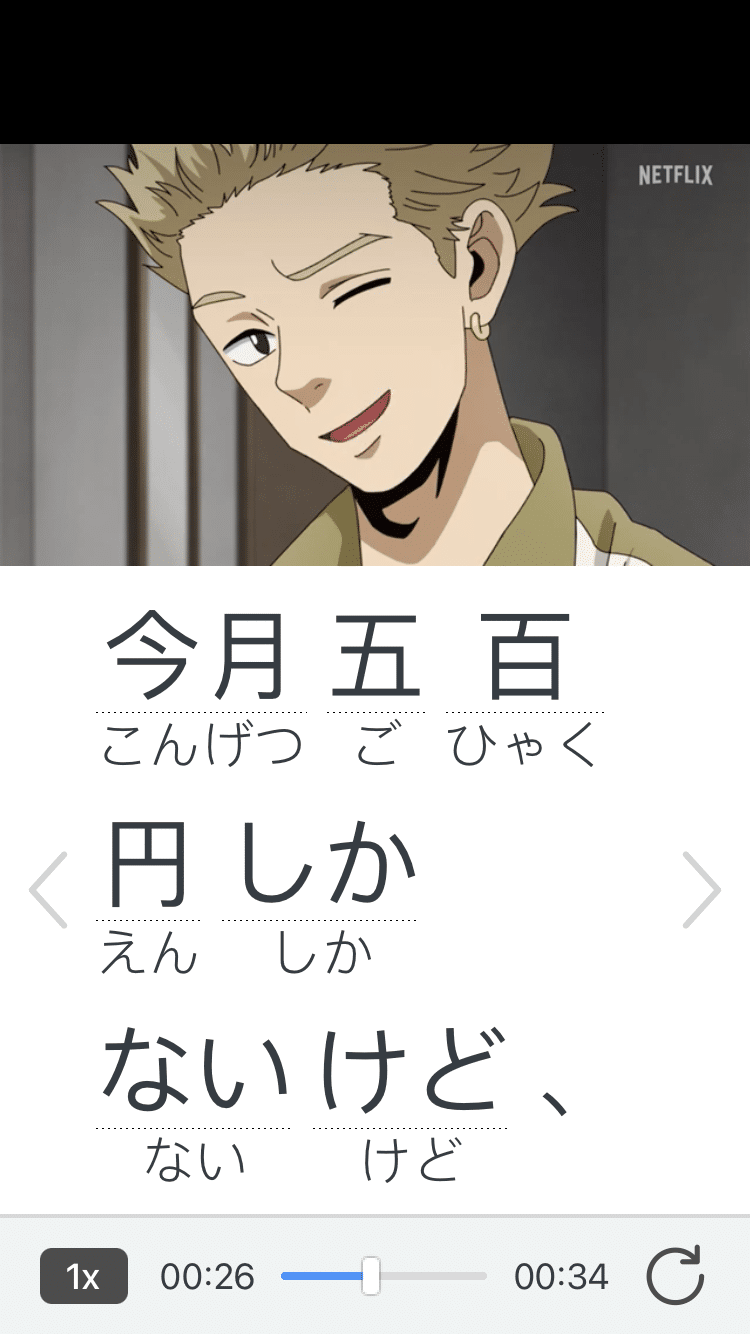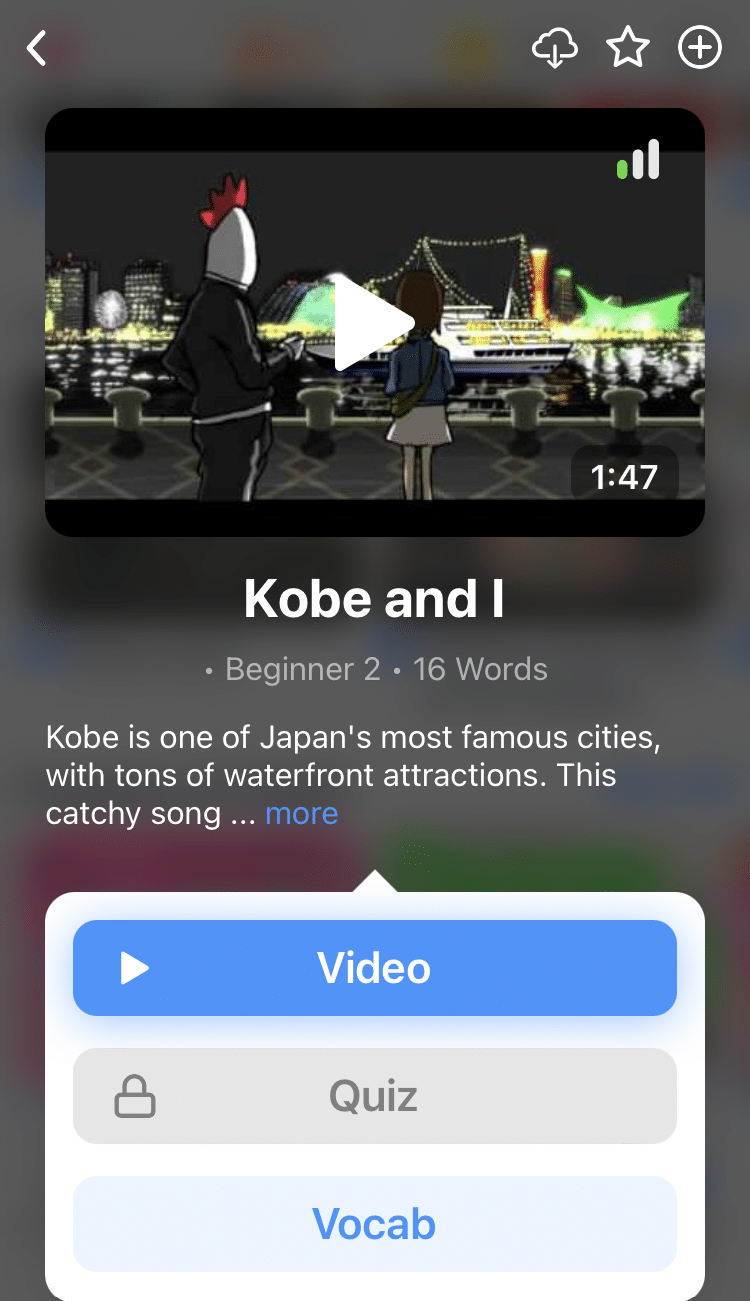
How to Tell Time in Japanese: Basic Numbers, Hours, Minutes and More
Telling time in Japanese is an important part of any Japanese learner’s curriculum.
All you need to do is put in a little effort to memorize those patterns and the Japanese vocabulary to fill them in, and you’ll be well on your way!
Here, you’ll get a step-by-step guide—with only three steps—to ace Japanese time-telling.
You’ll learn some basic numbers, how to say the hours and minutes and more!
Contents
- Step 1: Learn the Japanese Numbers
- Step 2: Learn Time-related Words
- Step 3: Learn the Counters
- The Japanese Time Telling Challenge
- And One More Thing...
Download: This blog post is available as a convenient and portable PDF that you can take anywhere. Click here to get a copy. (Download)
Step 1: Learn the Japanese Numbers
Let’s get started by learning the 10 most important numbers in Japanese.
Believe it or not, that’s all you’ll need to know in order to tell time in Japanese—no need to overwhelm yourself with learning how to count into the hundreds or thousands.
一 (いち ) one 六 (ろく ) six 二 (に ) two 七 ( しち or なな ) seven 三 (さん ) three 八 (はち ) eight 四 ( し or よん ) four 九 ( く or きゅう ) nine 五 (ご ) five 十 (じゅう ) ten
First, you may be wondering why I haven’t put eleven and twelve on the list, and that’s what I’ll explain now.
Japanese uses a number stacking system, which should be very familiar to those of you who already know an Asian language.
Remember in elementary school when you were learning place values? To be honest, neither do I. But place value is just separating 325 into three hundreds, two tens and one five.
This is exactly how you count in Japanese!
We’ll start with an easy example: 21. The number 21 is broken up into two tens and one in Japanese, so you would write it as two-ten-one. This looks like:
二十一 (にじゅういち) — 21
Got it? Try to translate these next numbers into Japanese on your own, then check below to see if you’re correct:
48
83
59
19
Did you get them?
四十八 (よんじゅうはち) — 48
八十三 (はちじゅうさん) — 83
五十九 (ごじゅうきゅう) — 59
十九 (じゅうきゅう) — 19
You might be wondering about those varying readings for four, seven and nine (seen in the original list of numbers one through ten above).
They’ve popped up again in the numbers like 40 and 59 above, and might have thrown you for a loop.
The former readings (し, しち and く) are used for more straightforward counting in a series of numbers, and occasionally in counters—including time-telling counters, but more on that in the third step.
The latter readings (よん, なな and きゅう) are the ones chosen for other things like telling time and compound numerals (e.g., 40 is 四十 and read as よんじゅう).
Step 2: Learn Time-related Words
Okay, now to get to the really timey part. Here are a bunch of words that you’ll need to know to tell the time.
午前 (ごぜん ) a.m. 時 (とじ ) hour 午後 (ごご ) p.m. 半 (はん ) half 秒 (びょう ) second 時間 (じかん ) time 分 ( ふん or ぷん ) minute
All you need to do is fit in the numbers with the keywords! Here’s the word order they generally show up in:
a.m./p.m. + hour + minute
午後九時四分 (ごごくじよんぷん) — 9:04 p.m.
a.m./p.m. + hour + half
午前五時半 (ごぜんごじはん) — 5:30 a.m.
Make sure you keep the a.m./p.m. in front!
Also, it’s completely possible to take out sections and not say the a.m./p.m. part, the same way you do in English.
Step 3: Learn the Counters
Here comes the hardest part of learning any language—learning the exceptions.
A counter is essentially a word to describe a group of something. For example in English, we have “a flock of sheep,” “a bundle of sticks” or my personal favorite, “an intrusion of cockroaches.”
For time-telling, it’s as follows:
一時 (いちじ ) one hour / o'clock 七時 (しちじ ) seven hours / o'clock 二時 (にじ ) two hours / o'clock 八時 (はちじ ) eight hours / o'clock 三時 (さんじ ) three hours / o'clock 九時 (くじ ) nine hours / o'clock 四時 (よじ ) four hours / o'clock 十時 (じゅうじ ) ten hours / o'clock 五時 (ごじ ) five hours / o'clock 十一時 (じゅういちじ ) eleven hours / o'clock 六時 (ろくじ ) six hours / o'clock 十二時 (じゅうにじ ) twelve hours / o'clock
Hours
Note that you’ll just have to remember 4, 7 and 9 as being exceptions as before, unfortunately.
四時 (よじ not よんじ or しじ) — four hours / four o-clock
七時 (しちじ not ななじ) — seven hours / seven o’clock
九時 (くじ not きゅうじ) — nine hours / nine o’clock
Find a more interesting way to memorize these exceptions, like setting them as your phone passcode, making a rhyme or creating an acronym.
Minutes
一分 (いっぷん) one minute 六分 (ろっぷん) six minutes 二分 (にふん) two minutes 七分 (ななふん) seven minutes 三分 (さんぷん) three minutes 八分 (はっぷん) eight minutes 四分 (よんぷん) four minutes 九分 (きゅうふん) nine minutes 五分 (ごふん) five minutes 十分 (じゅっぷん) ten minutes
This might be the most difficult section. As you can see, not only have the number parts been changed, but the minute parts have been changed too!
Don’t fear, mnemonics are here! Mnemonics are memory devices—neat tricks to help you remember things. Examples include “Every Good Boy Deserves Fruit” for the treble music notes and counting your knuckles for the days in each month.
To remember when minutes are read as ぷん and when they’re read as ふん, here’s a good one. Every P stands for ぷん, H for ふん:
Peter Has Purple Puppies, His Puppies Have Peter Happy Permanently
Seconds
Luckily for you, seconds have no exceptions! It’s just the number with 秒 (びょう, “second”) after it.
一秒 (いちびょう) — one second
九秒 (きゅうびょう) — nine seconds
五十五秒 (ごじゅうごびょう) — 55 seconds
The Japanese Time Telling Challenge
Ready for one final challenge? Test yourself with this dialogue. Try to read the following sentences and pick up on the given times in Japanese:
田中: 山下さん、すみませんですが、今は何時ですか。
(たなか: やましたさん、すみませんが、いまはなんじですか。)
Tanaka: Mr. Yamashita, excuse me, what time is it right now?
山下: ええと、午後一時半ですよ。
(やました: ええと、ごごいちじはんですよ。)
Yamashita: Um, it’s 1:30 p.m.
田中: ええ!会議は午前十一時四十五分でした!
(たなか: ええ!かいぎはごぜんじゅういちじよんじゅうごふんでした!)
Tanaka: Oh! My meeting was at 11:45 p.m.!
How did you do?
For all the vocabulary in this lesson, I’ve made a Memrise course to help you out! If you haven’t heard of it yet, Memrise is a great digital flashcard program that really helps with memorization.
If you’d like to hear how Japanese native speakers actually tell time, a language learning program such as FluentU can come in handy.
FluentU takes authentic videos—like music videos, movie trailers, news and inspiring talks—and turns them into personalized language learning lessons.
You can try FluentU for free for 2 weeks. Check out the website or download the iOS app or Android app.
P.S. Click here to take advantage of our current sale! (Expires at the end of this month.)

頑張ってください! (がんばってください!) — Good luck, do your best! Good luck on your Japanese adventure. And don’t be late!
Download: This blog post is available as a convenient and portable PDF that you can take anywhere. Click here to get a copy. (Download)
And One More Thing...
If you love learning Japanese with authentic materials, then I should also tell you more about FluentU.
FluentU naturally and gradually eases you into learning Japanese language and culture. You'll learn real Japanese as it's spoken in real life.
FluentU has a broad range of contemporary videos as you'll see below:

FluentU makes these native Japanese videos approachable through interactive transcripts. Tap on any word to look it up instantly.

All definitions have multiple examples, and they're written for Japanese learners like you. Tap to add words you'd like to review to a vocab list.

And FluentU has a learn mode which turns every video into a language learning lesson. You can always swipe left or right to see more examples.

The best part? FluentU keeps track of your vocabulary, and gives you extra practice with difficult words. It'll even remind you when it’s time to review what you’ve learned. You'll have a 100% personalized experience.
Start using the FluentU website on your computer or tablet or, better yet, download the FluentU app from the iTunes or Google Play store. Click here to take advantage of our current sale! (Expires at the end of this month.)


